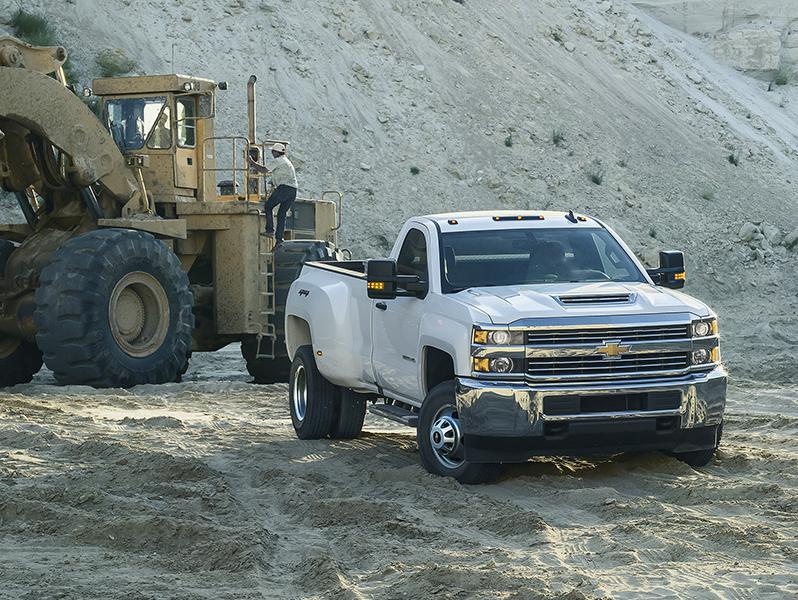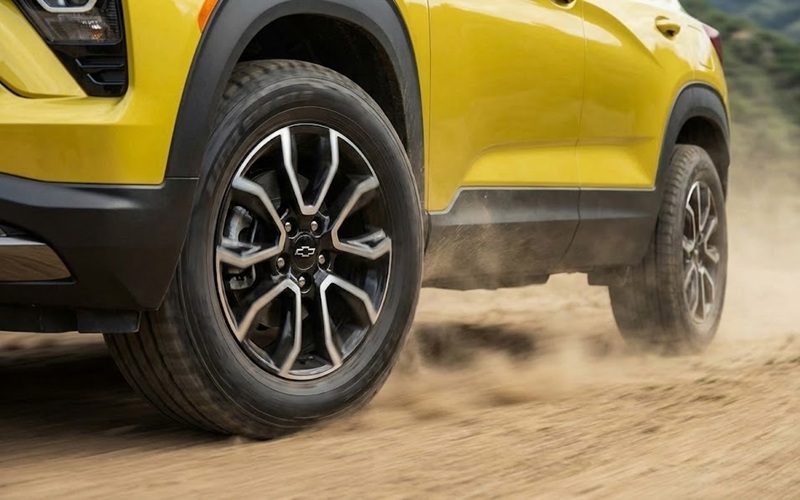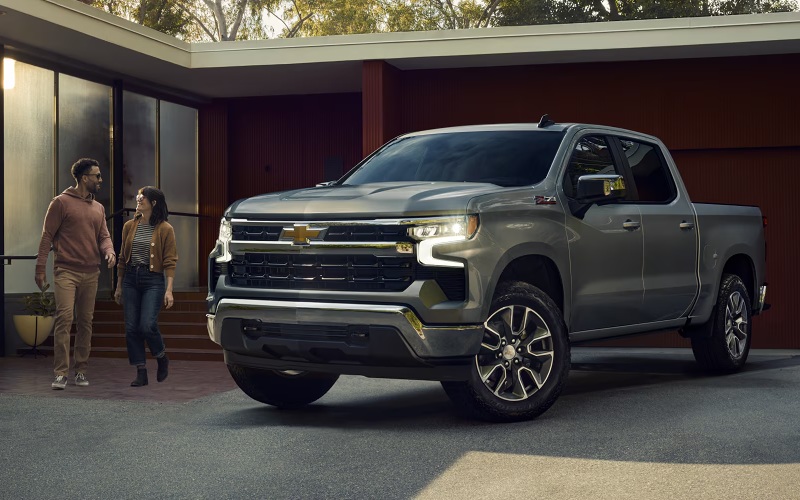Chevrolet Silverado 1500 vs 2500: What’s The Difference?
The Chevrolet Silverado has long been a staple in the pickup truck market, offering a range of options to suit various needs. Two popular models in the lineup are the Silverado 1500 and the 2500. While they may look similar at first glance, these trucks have significant differences that cater to different types of users. […]
The Chevrolet Silverado has long been a staple in the pickup truck market, offering a range of options to suit various needs. Two popular models in the lineup are the Silverado 1500 and the 2500. While they may look similar at first glance, these trucks have significant differences that cater to different types of users. Let’s explore the key distinctions between the 1500 and 2500, helping you determine which model best suits your requirements.

Classification and Intended Use
Silverado 1500
- Classification: Light-duty pickup truck
- Intended Use: Everyday driving, light to moderate towing and hauling
Silverado 2500
- Classification: Heavy-duty pickup truck
- Intended Use: Heavy-duty towing and hauling, commercial applications
The primary difference lies in their classification and intended use. The 1500 is for drivers who need a versatile truck for daily use with occasional towing and hauling. The 2500, on the other hand, is built for those who regularly engage in heavy-duty tasks and require more robust capabilities.
Engine Options and Performance
Silverado 1500
The 1500 offers a range of engine options:
- Turbocharged 2.7-liter four-cylinder: 231 kW, 583 Nm of torque
- 5.3-liter V8: 265 kW, 519 Nm of torque
- 6.2-liter V8: 313 kW, 624 Nm of torque
- 3.0-liter Duramax turbo-diesel: 227 kW, 671 Nm of torque
Silverado 2500
The 2500 HD comes with two powerful engine choices:
- 6.6-liter V8 gasoline: 299 kW, 629 Nm of torque
- 6.6-liter Duramax turbo-diesel V8: 350 kW, 1322 Nm of torque
The Silverado 2500 HD’s engines are for superior towing and hauling capabilities, with the diesel option providing an impressive 1322 Nm of torque. This significant difference in torque output is one of the key factors that set it apart from its 1500 counterpart.
Towing and Payload Capacity
Silverado 1500
- Maximum towing capacity: up to 6,033 kg
- Maximum payload: up to 1,034 kg
Silverado 2500
- Maximum towing capacity: up to 10,206 kg
- Maximum payload: up to 1,805 kg
The 2500 HD significantly outperforms the 1500 in towing and payload capacity, making it the go-to choice for those who need to tow large trailers, heavy equipment, or carry substantial payloads regularly.
Fuel Economy
Silverado 1500
- Gasoline engines: 11.8-14.7 L/100km city, 10.2-10.7 L/100km highway
- Diesel engine: up to 10.2 L/100km city, 7.1 L/100km highway
Silverado 2500
- Specific fuel consumption ratings are not available due to weight class
- Generally less fuel-efficient than the 1500 due to size and power
The 1500, especially with its diesel option, offers better fuel economy for daily driving. The 2500 HD, while not rated by the EPA, is typically less fuel-efficient due to its larger size and more powerful engines.
Ride Quality and Handling
Silverado 1500
- Smoother ride quality
- More car-like handling
- Better suited for daily driving and commuting
Silverado 2500
- Firmer ride due to heavy-duty suspension
- Less agile handling, especially when unloaded
- Designed for stability when towing heavy loads
The 1500 provides a more comfortable ride for daily use, while the 2500 HD’s suspension is tuned for handling heavy loads, which can result in a firmer ride when unloaded.
Size and Dimensions
Silverado 1500 (Crew Cab, Standard Bed)
- Length: 6,132 mm
- Width: 2,063 mm
- Height: 1,914 mm
Silverado 2500 (Crew Cab, Standard Bed)
- Length: 6,351 mm
- Width: 2,079 mm
- Height: 2,027 mm
The 2500 HD is noticeably larger, contributing to its increased capabilities but making it more challenging to maneuver in tight spaces.
Interior Space and Comfort
Both trucks offer similar interior dimensions, especially in the Crew Cab configuration:
- Front headroom: 1,093 mm
- Front legroom: 1,131 mm
- Rear legroom: 1,102 mm
- Rear headroom: 1,019 mm
The main difference lies in the available features and trim levels, with both models offering a range of options from basic work truck configurations to luxurious high-end trims.
Technology and Features
Both the Silverado models offer similar technology features, including:
- Chevrolet Infotainment 3 system
- Apple CarPlay and Android Auto compatibility
- Available 4G LTE Wi-Fi hotspot
- Advanced safety features like forward collision alert and lane departure warning
The 2500 HD may offer additional towing-specific features, such as enhanced trailering cameras and integrated trailer brake controller.
Maintenance and Operating Costs
Silverado 1500
- Lower maintenance costs
- Better fuel economy leads to lower operating costs
- Less expensive parts and servicing
Silverado 2500
- Higher maintenance costs due to heavy-duty components
- Higher fuel consumption increases operating costs
- More expensive parts and specialized servicing may be required
The Silverado 2500 HD typically has higher maintenance and operating costs due to its heavy-duty nature and larger components.
Which One Is Right for You?
Choosing between the Silverado 1500 and 2500 HD depends on your specific needs:
Choose the 1500 if:
- You need a versatile truck for daily driving and occasional towing
- Fuel economy is a priority
- You prefer a smoother ride and easier maneuverability
- Your towing needs don’t exceed 6,033 kg
Choose the 2500 HD if:
- You regularly tow heavy loads exceeding 6,033 kg
- You need a truck for commercial or heavy-duty applications
- Maximum payload capacity is crucial for your work
- You’re willing to sacrifice some fuel efficiency and ride comfort for increased capability
The Chevrolet Silverado 1500 and 2500 HD are excellent trucks in their respective categories. The 1500 offers a balance of capability, comfort, and efficiency for everyday use, while the 2500 HD provides the robust power and durability needed for serious towing and hauling tasks. By considering your specific needs and the key differences, you can decide which model best fits your lifestyle and work requirements.


